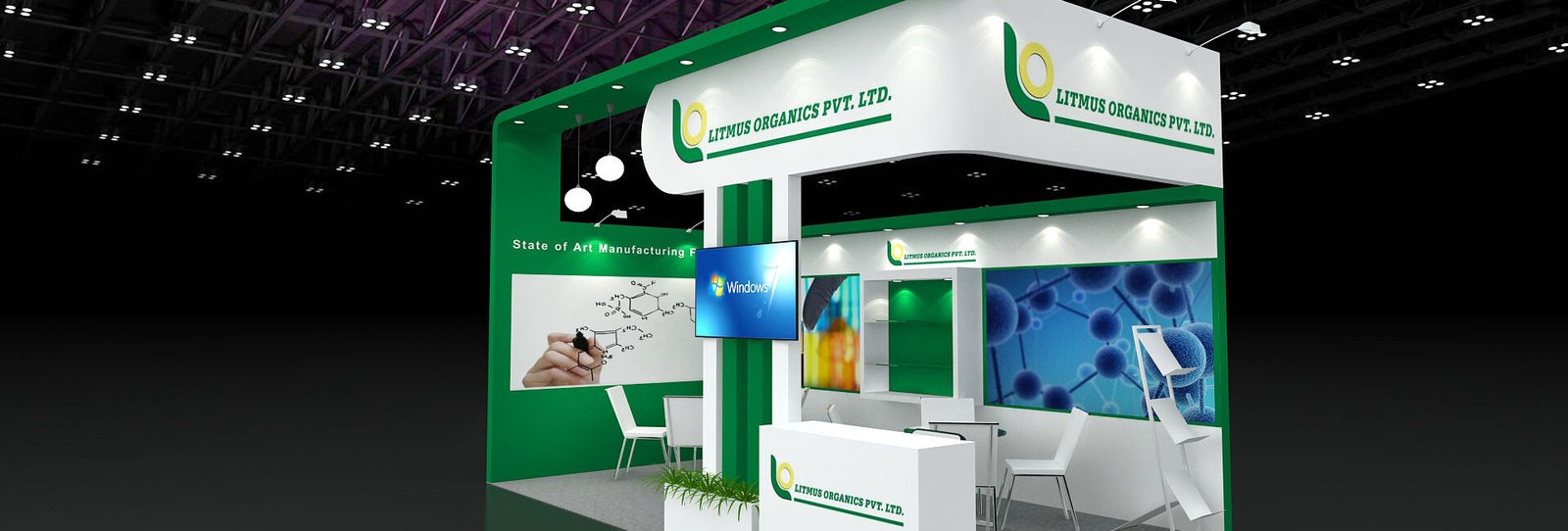
The medical technology industry continues to witness rapid transformations, not just in innovations but also in the way these advancements are showcased. At the heart of this transformation lies booth architecture—the design and functionality of exhibition spaces that define how products and services are presented to a global audience. As COMPAMED Dusseldorf 2025 prepares to welcome thousands of professionals from across the globe, one thing is clear: booth architecture is no longer static. It is evolving to meet the demands of innovation, interaction, and immersion. In this evolving landscape, the role of an Exhibition Stand Builder in Dusseldorf has become increasingly nuanced, with a strong focus on design flexibility, user experience, and technological integration.
The Shift Toward Interactive Experiences
Gone are the days when booths were simply static spaces with banners, brochures, and display counters. In 2025, booth architecture is about creating experiences. At COMPAMED, exhibitors are now building interactive zones within their stands. From digital touchscreens that provide real-time product demos to virtual reality setups that allow visitors to simulate medical device usage, the focus has shifted from passive observation to active engagement. This evolution supports better understanding and deeper connections between visitors and exhibitors.
The architectural layout now supports dynamic interactions—circular spaces for live demonstrations, private pods for confidential consultations, and open lounges for casual networking. Such structural fluidity is tailored to improve flow and ensure that each visitor journey is both memorable and informative.
Sustainability as a Structural Priority
Environmental responsibility is influencing every industry, and booth architecture is no exception. At COMPAMED Dusseldorf 2025, many exhibitors are prioritizing sustainable materials, energy-efficient lighting, reusable components, and modular designs. This approach aligns with broader industry goals of reducing carbon footprints and supporting green practices.
Architects and exhibition designers are increasingly selecting recycled aluminum frames, biodegradable flooring, and eco-friendly print materials. These sustainable practices are not just ethical choices—they also offer logistical benefits. Lightweight structures, for instance, reduce shipping and installation costs, while modular units allow easy repurposing for future trade shows.
Customization for Niche Audiences
The diversity of exhibitors at COMPAMED—from diagnostics and imaging to microtechnology and materials—necessitates customization in booth architecture. Each sector has unique storytelling needs and specific audience expectations. Booth architecture is now being customized not just in branding and visual elements, but in structure and flow.
A company showcasing imaging solutions may need enclosed dark rooms to demonstrate devices, while a microelectronics exhibitor might require high-precision display cases and static-safe flooring. Booth design has evolved to accommodate these specialized demands, helping exhibitors effectively communicate their core strengths and engage their niche target audiences more precisely.
Integration of Smart Technologies
Technology is at the core of the medical device industry, and naturally, it plays a significant role in booth design. Smart lighting systems, gesture-based interfaces, AI-driven visitor analytics, and digital registration panels are now being integrated into booth structures. These technologies not only enhance the visitor experience but also provide real-time insights for exhibitors.
Smart booth architecture includes systems that monitor foot traffic and heatmaps, allowing exhibitors to understand which sections attract the most engagement. These insights are invaluable for refining future designs and optimizing product placement. Moreover, cloud-based connectivity enables live streaming and remote participation, expanding audience reach beyond the physical boundaries of the booth.
Compact but Impactful Design
Space optimization has become a major consideration, especially for startups and smaller exhibitors. Booths at COMPAMED are being designed with compact footprints but clever configurations. Multi-functional furniture, hanging structures, vertical displays, and layered backdrops are helping exhibitors make the most of limited space without compromising on visual appeal or functionality.
The compact booth of 2025 doesn’t mean minimal impact—it means smarter planning. These smaller yet impactful designs focus on clarity, high-impact branding, and functional zoning to convey messages quickly and effectively.
Collaborative Design Approaches
Another trend reshaping booth architecture is the collaborative approach to design. Exhibitors are increasingly working closely with designers, engineers, marketers, and product teams to ensure the booth is a true reflection of their brand and offerings. This cross-functional collaboration results in holistic designs that blend visual storytelling, functionality, and strategic messaging.
This collaborative model ensures that booth architecture supports not just aesthetics, but also marketing goals and user experience. Whether it’s guiding foot traffic to key areas or creating a space that encourages meaningful conversation, this holistic approach marks a significant evolution in exhibition stand design.
The Global Influence on Local Design
While COMPAMED Dusseldorf is a local event in Germany, its reach is global. The diversity of international exhibitors and attendees influences booth architecture, encouraging cross-cultural design elements. Multilingual digital displays, global branding themes, and culturally inclusive layouts ensure that booths resonate with a global audience.
Moreover, local expertise—especially from an experienced Exhibition Stand Builder in Dusseldorf—plays a crucial role in translating these global expectations into practical, location-specific solutions that align with the venue’s regulations and audience behavior.
Conclusion
As COMPAMED Dusseldorf 2025 approaches, booth architecture continues to evolve, reflecting broader changes in technology, sustainability, and visitor engagement. The traditional model of booth design has been replaced by immersive, intelligent, and adaptive spaces that go beyond presentation—they foster conversation, collaboration, and discovery.
This evolution is not happening in isolation. It is being shaped by the combined efforts of architects, designers, and stakeholders who understand that a booth is more than a space—it is a strategic experience. And behind many of these forward-thinking concepts is the expertise of an Exhibition Stand Builder in Germany, bringing together functionality, innovation, and global perspective in every build.

